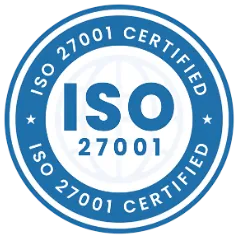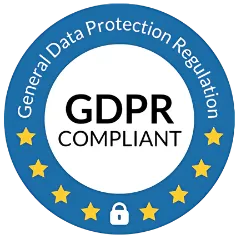There are a lot of organizations those who are not aware of asset tracking and asset tracking techniques. Unfortunately, several organizations underestimate the potential for asset tracking!
But asset tracking with efficient asset management software can boost your organization's bottom-line and optimize the efficiency of every asset. For this purpose and many others, the asset tracking technique is used.
However, there are a lot of options available in the market for an asset tracking technique. So, here we are explaining each technology and what you can expect from each of them!
Types of Asset Tracking Techniques

Types of Asset Tracking Techniques [Infographic] - Asset Infinity
1. Barcode
This was the first technology used in asset tracking. It is very economical yet effective & reliable. The problem with Barcode is that they need to be properly aligned in a straight line with scanning devices in order to get it scanned and to retrieve information. If the Barcode tag has tampered then the scanner will not be able to scan the Barcode and it will not retrieve the associated data.
2. QR Code
The full form of the QR Code is the Quick Response Code. It is an advanced version of Barcode. This technique is not only used in asset tracking but it is also a famous tool used in advertising or marketing. It was designed in 1994 for the Japanese automotive industry.
3. RFID
RFID (Radio Frequency Identification) technology works more efficiently than to compared with Barcode technology. It uses radio waves to scan RFID tags and fetch the asset details. RFID tags are economical but the tag reader is quite expensive.
4. NFC
In order to keep track of your inventory and asset, you do not any specific scanning equipment. NFC enabled smartphones can be used to scan these tags. However, it has only a few inches of range. NFC (Near field communication) processes in no time, making it very quick and efficient.
5. GPS
Global Positioning System (GPS) tracking was initially utilized for the purpose of fleet management. GPS tracking allows you to track your assets across the world. It monitors your assets and inventories efficiently. Few of the drawback of GPS tracking is that it needs a lot of energy & not effective in indoor tracking.
6. BLE
BLE stands for Bluetooth Low Energy. For fulfilling the purpose of asset tracking, Bluetooth low energy can be used in many ways. For very accurate tracking, you can install BLE beacons for the precise positioning of assets inside a facility.
7. IoT
The Internet of Things (IoT) portrays the network of physical objects, which we also say “things” in this case. These objects or things are embedded with sensors, software, and other technologies. The objective of connecting is to trade & exchange information with different gadgets and systems over the internet. It provides real-time asset information always.
Conclusion
These asset tracking technologies make things much simpler. Through these tags and labels, you get real-time information on assets. Once it is implemented, assets can be easily located, along with all the information related to the particular one.
For example, how much assets are being utilized & how much maintenance each asset takes, will assist you in making a well-informed decision.
All these activities will save a lot of money for an organization. Also, all operations will be optimized & productivity will enhance.
If you need any assistance implementing any of the asset tracking techniques. You can contact us at any time, we will be happy to help.
Frequently Asked Questions (FAQs)
1. Which is the best asset tracking technique?
All techniques have their own benefits for example GPS is one the best technique for outdoor tracking but it is not effective indoor tracking. Therefore, the best technology varies according to business requirements.
2. How does asset tracking work?
For asset tracking, a unique asset code is assigned to each asset, and that unique code assists in tracking. For example, a barcode label is attached to an asset, this barcode contains a unique number, when this barcode label is scanned then it provides information about the asset.
3. What are the risks if an organization is not equipped with asset management software?
If an organization is not equipped with asset management software then asset theft, over maintenance of the asset, under maintenance of the asset, Daily operation hindrance is some of the possibility that can occur.

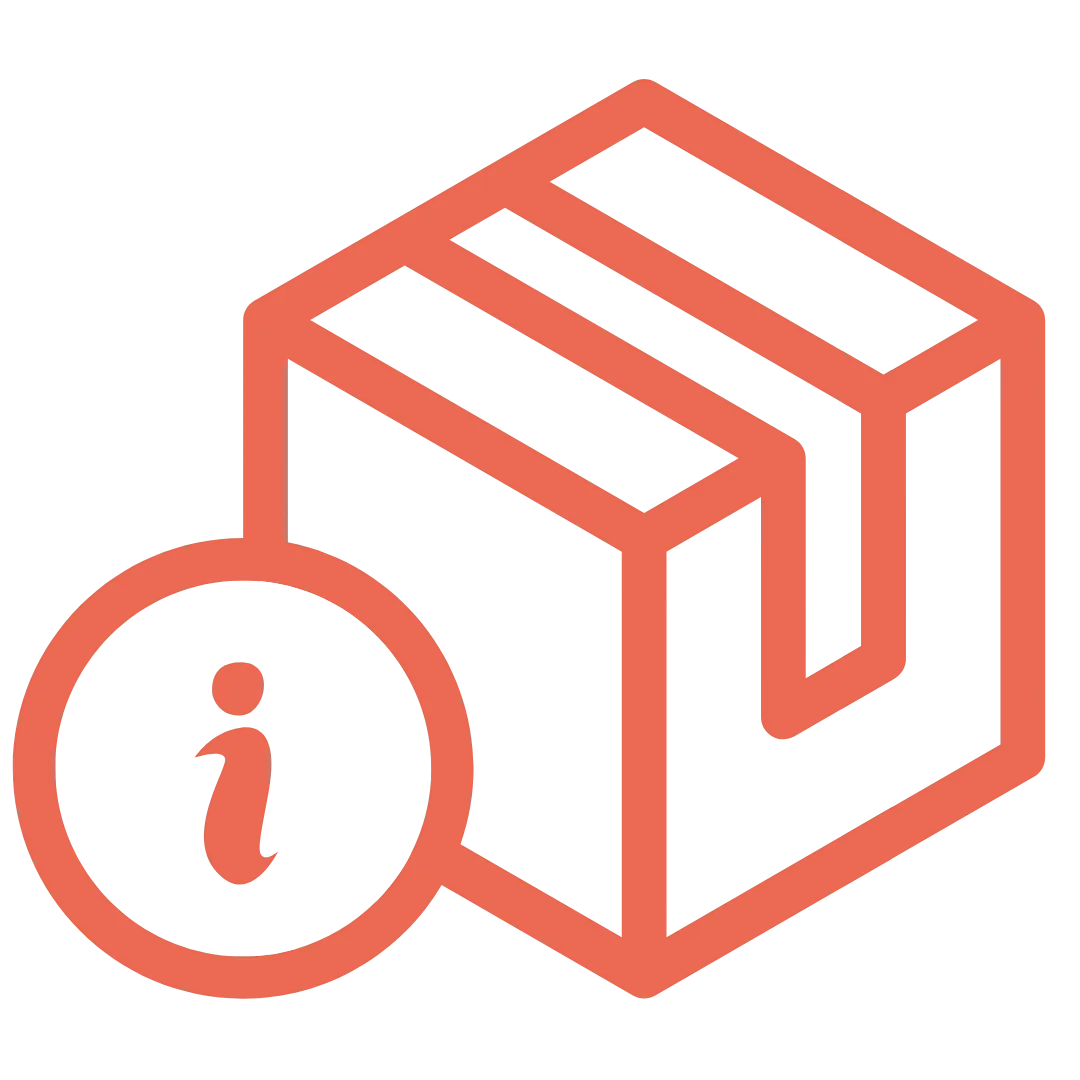
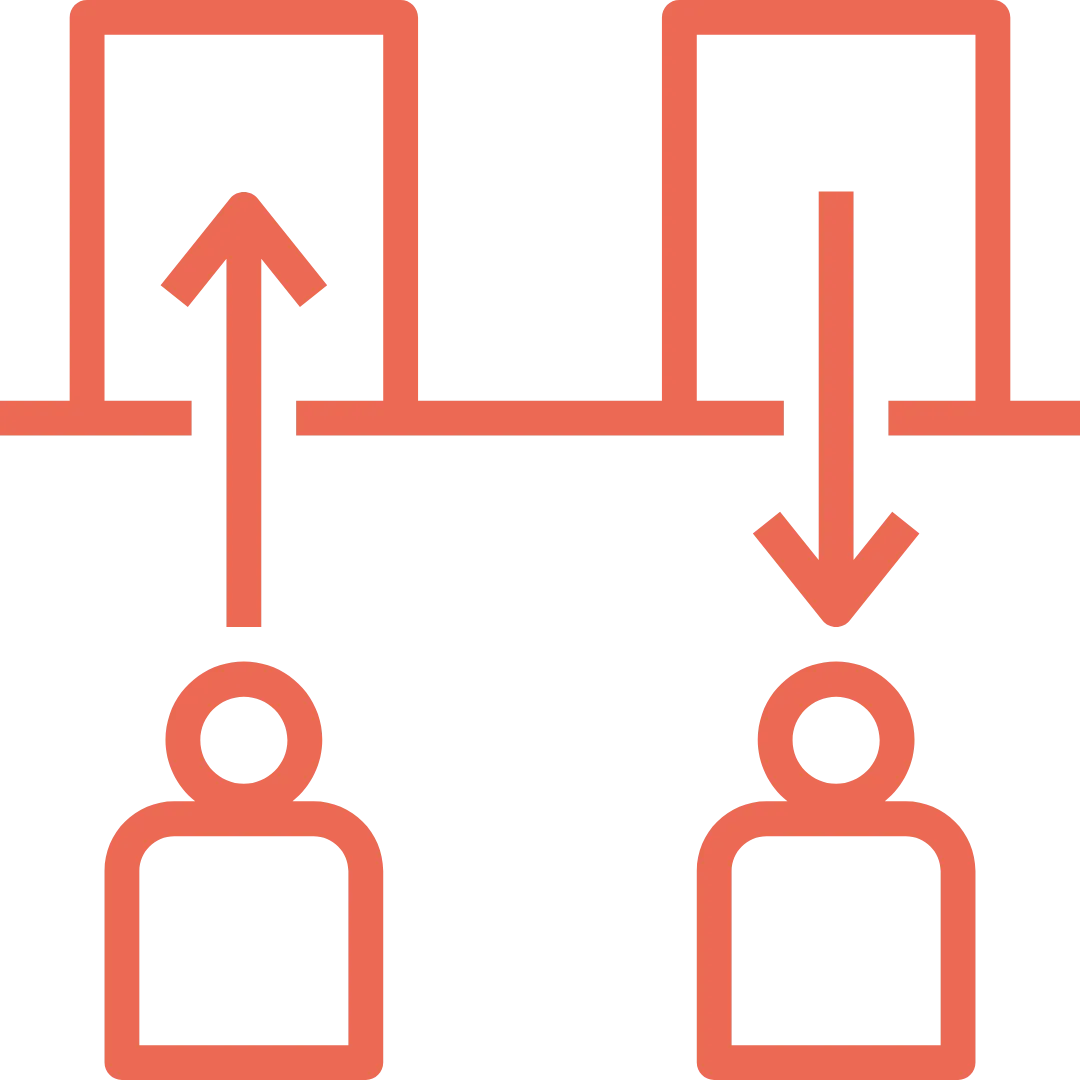
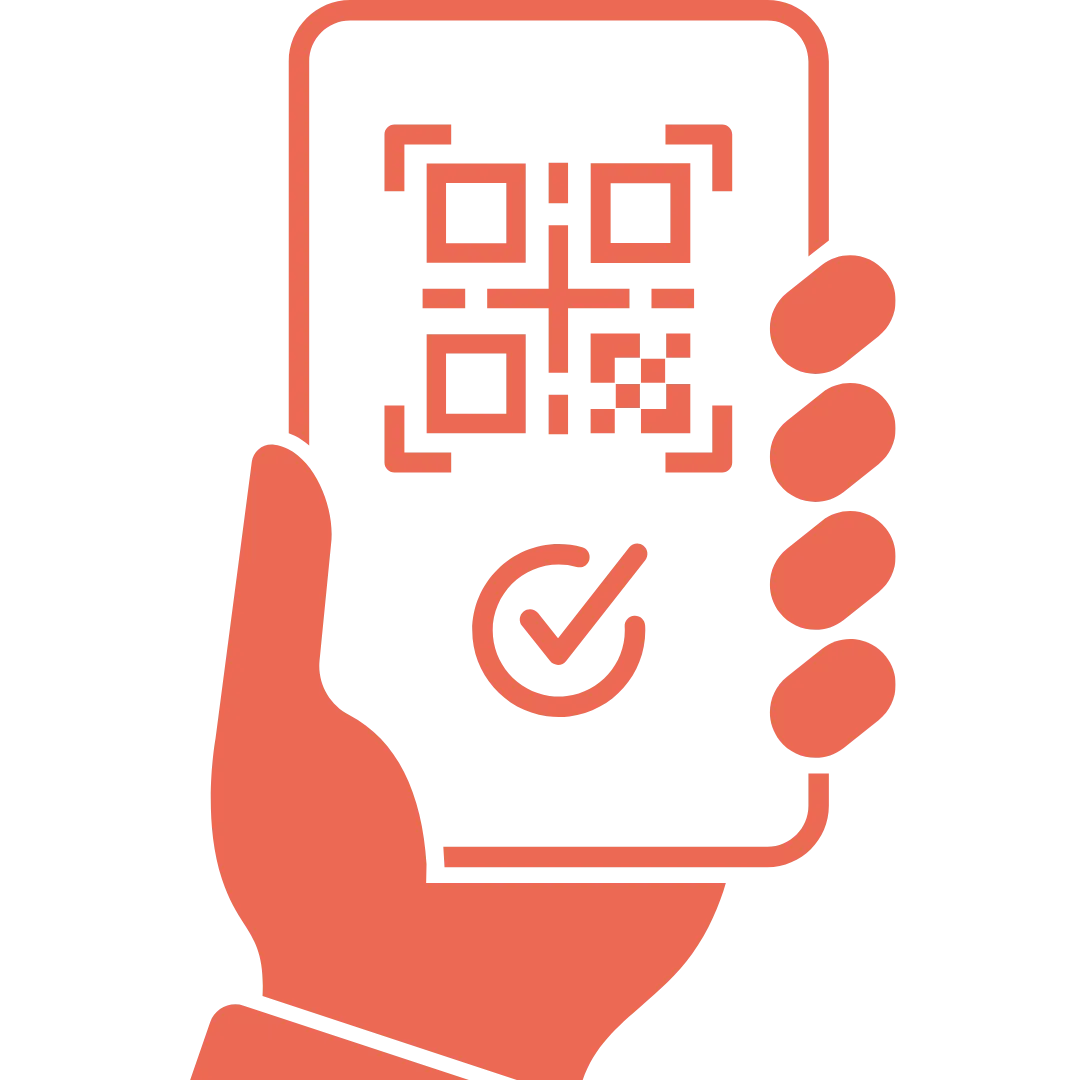





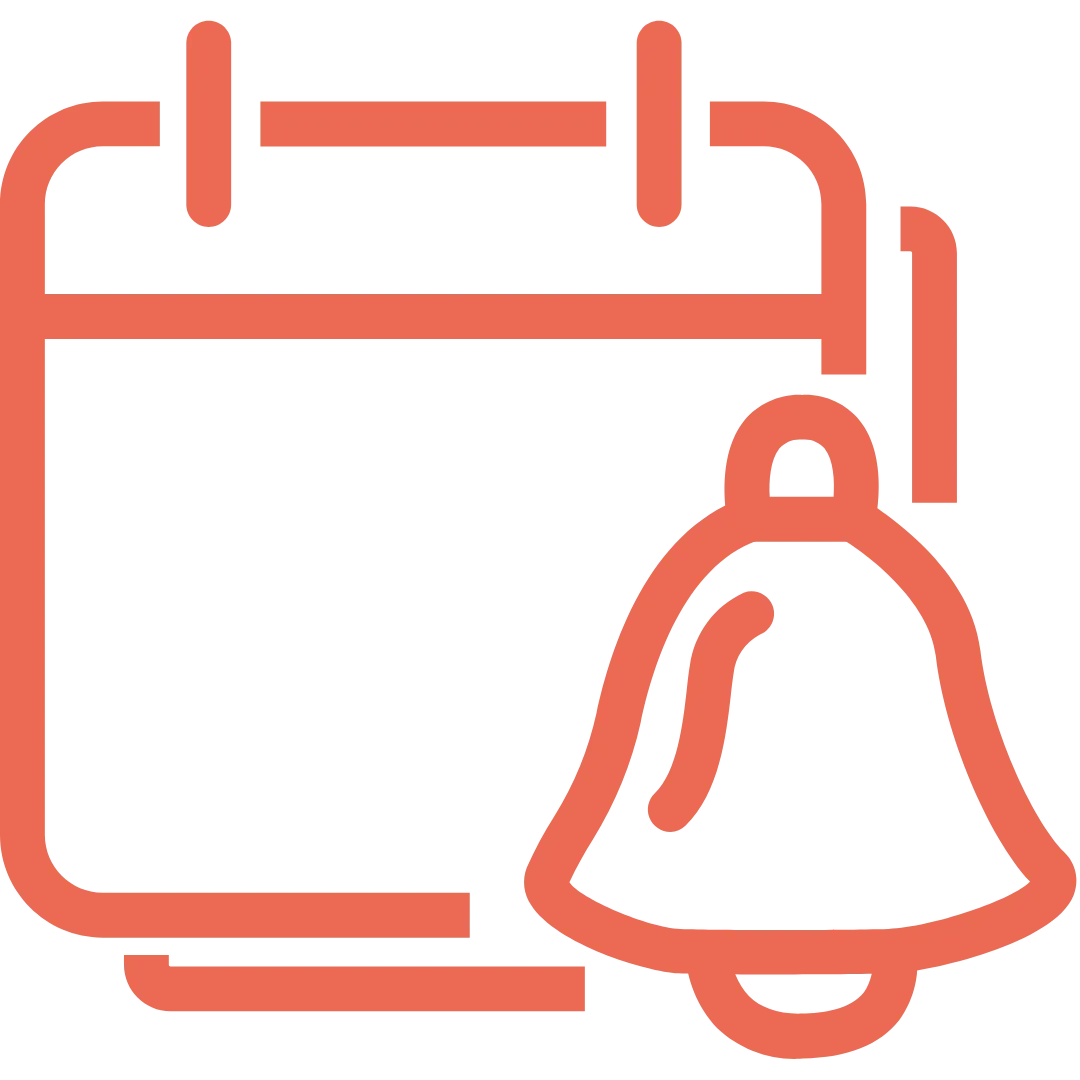

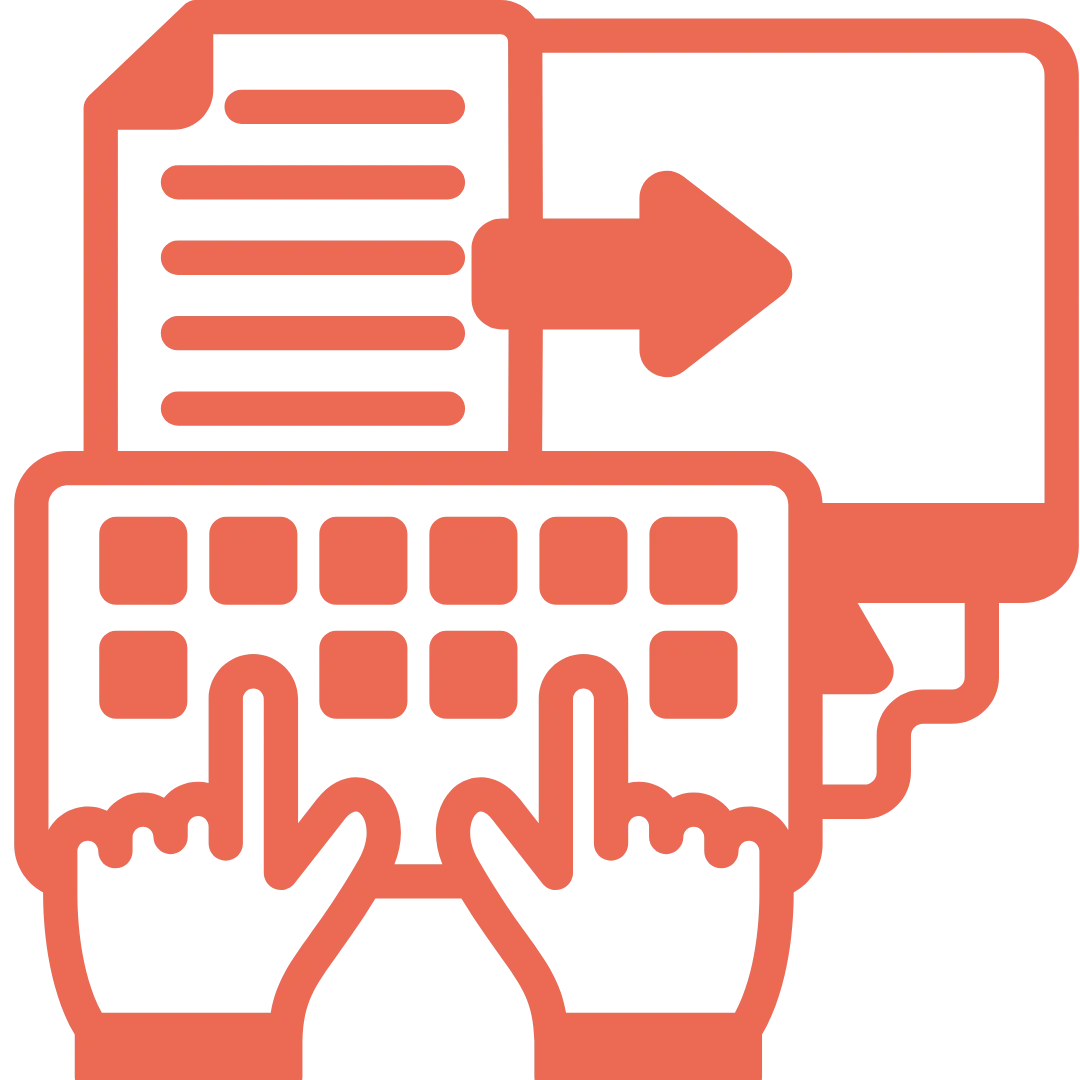
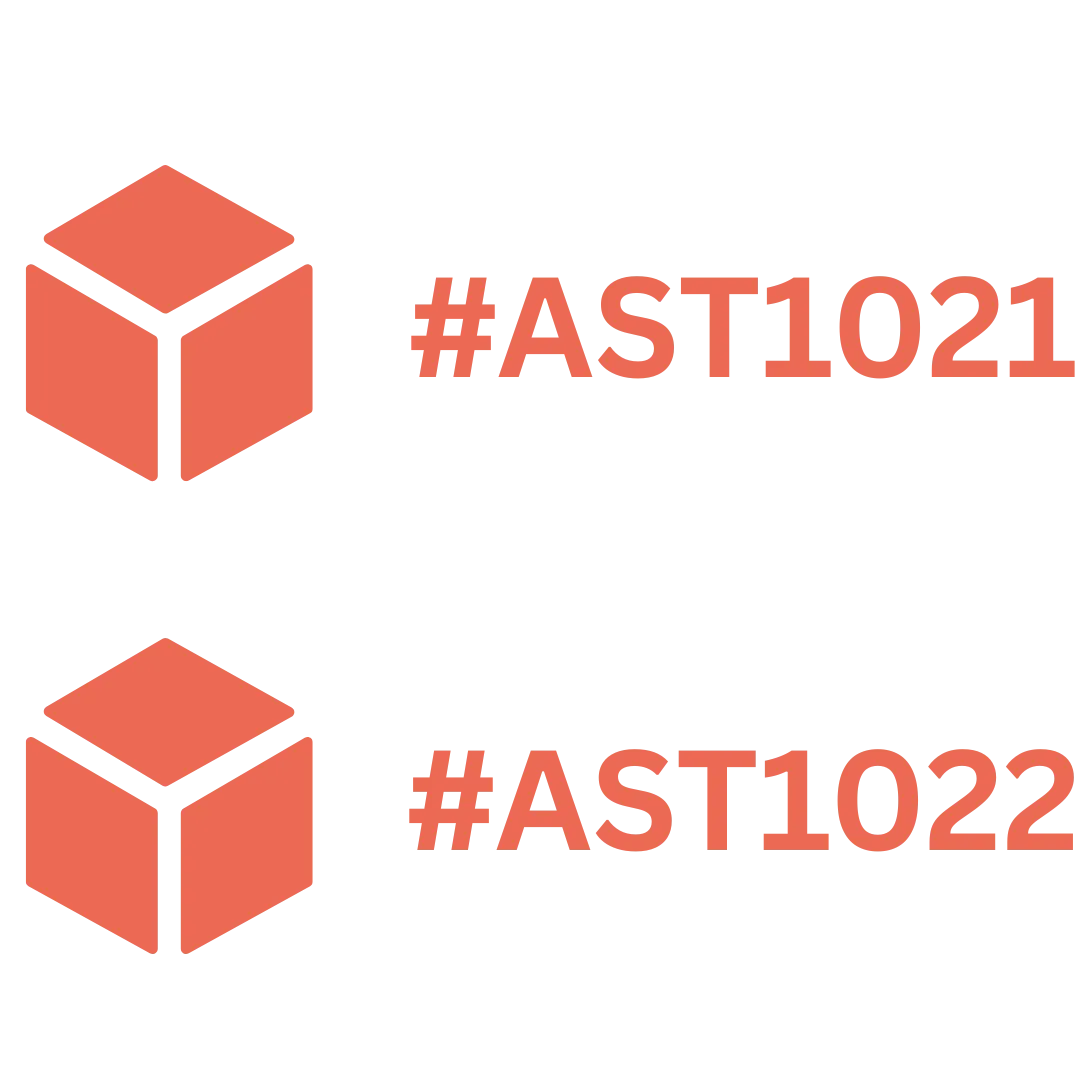
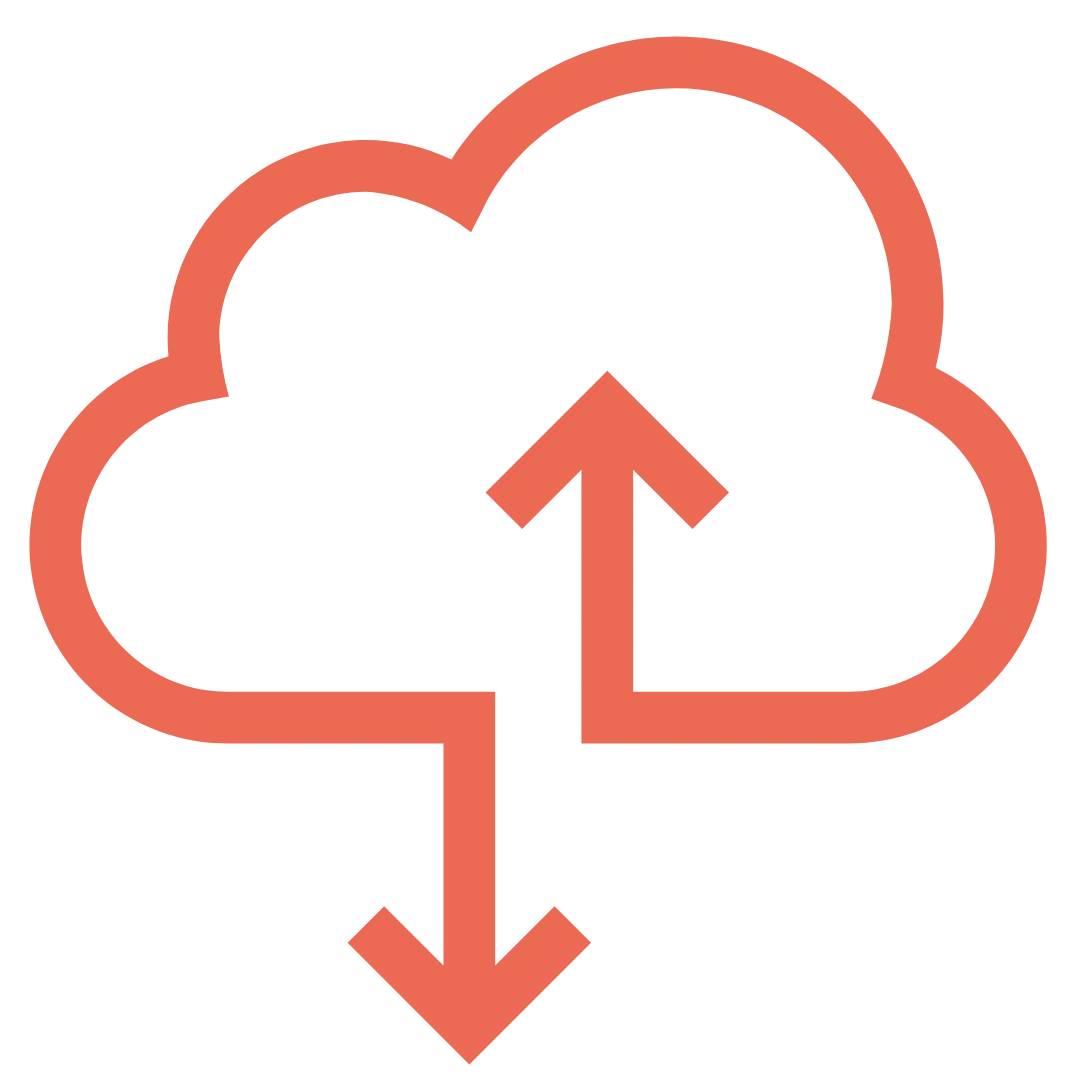

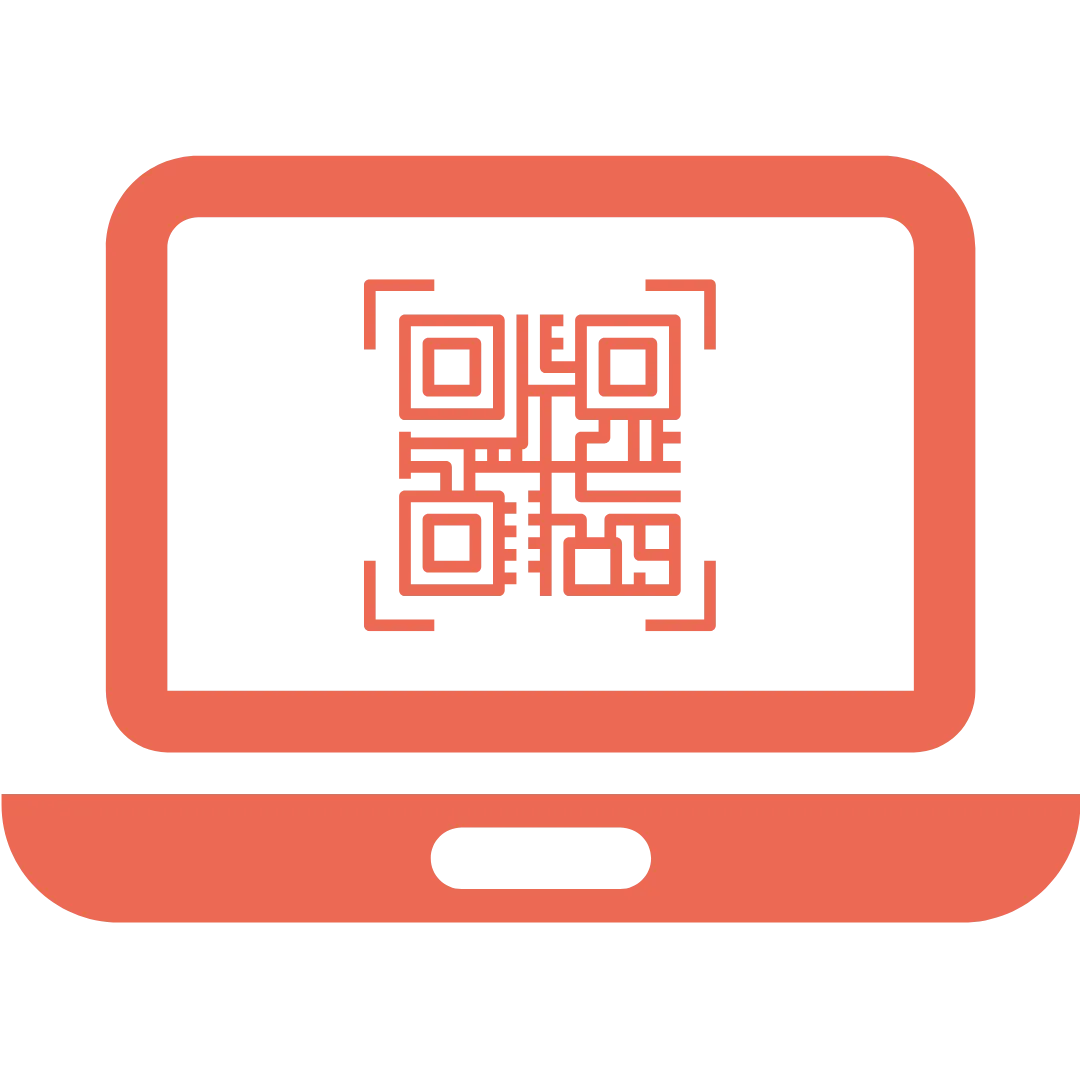
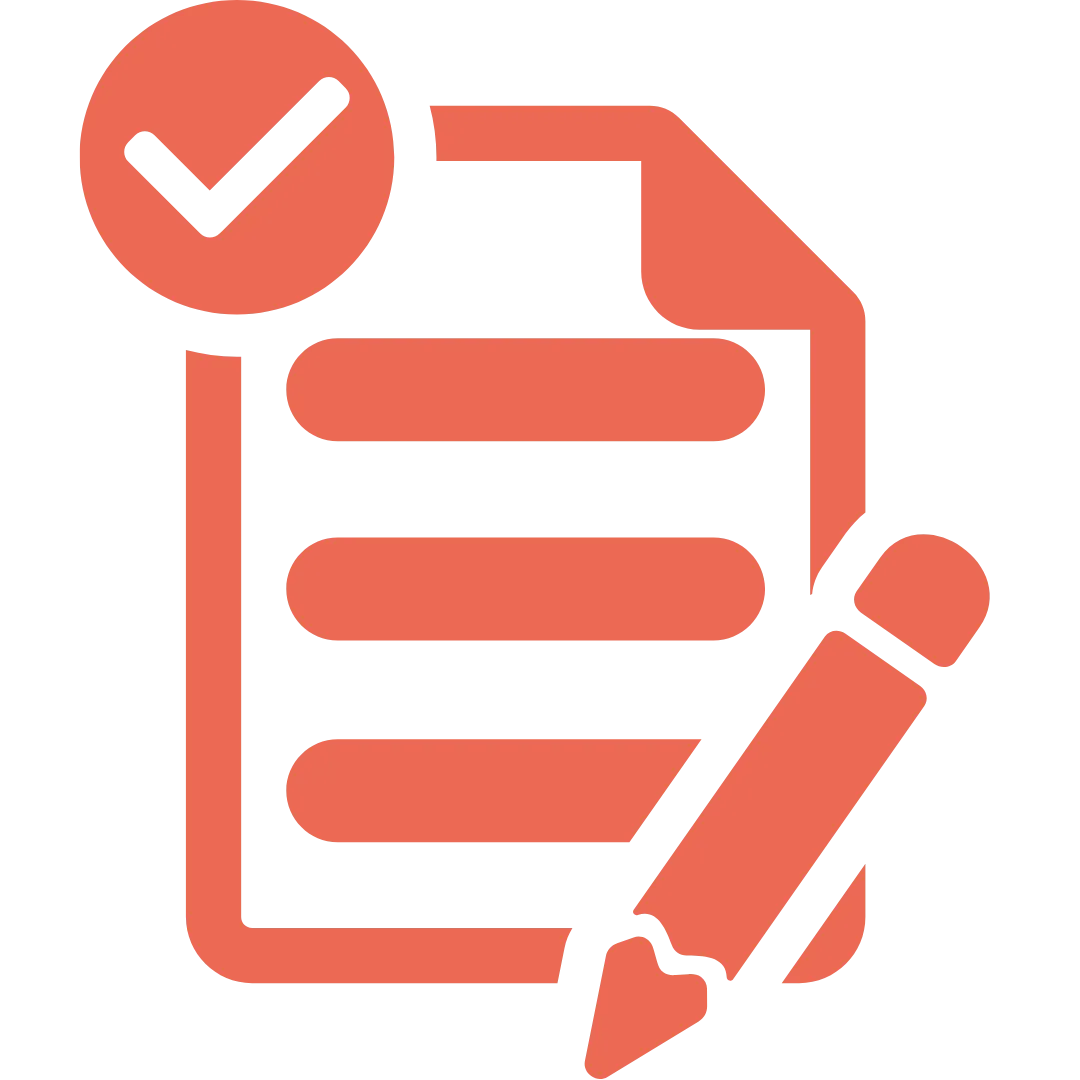

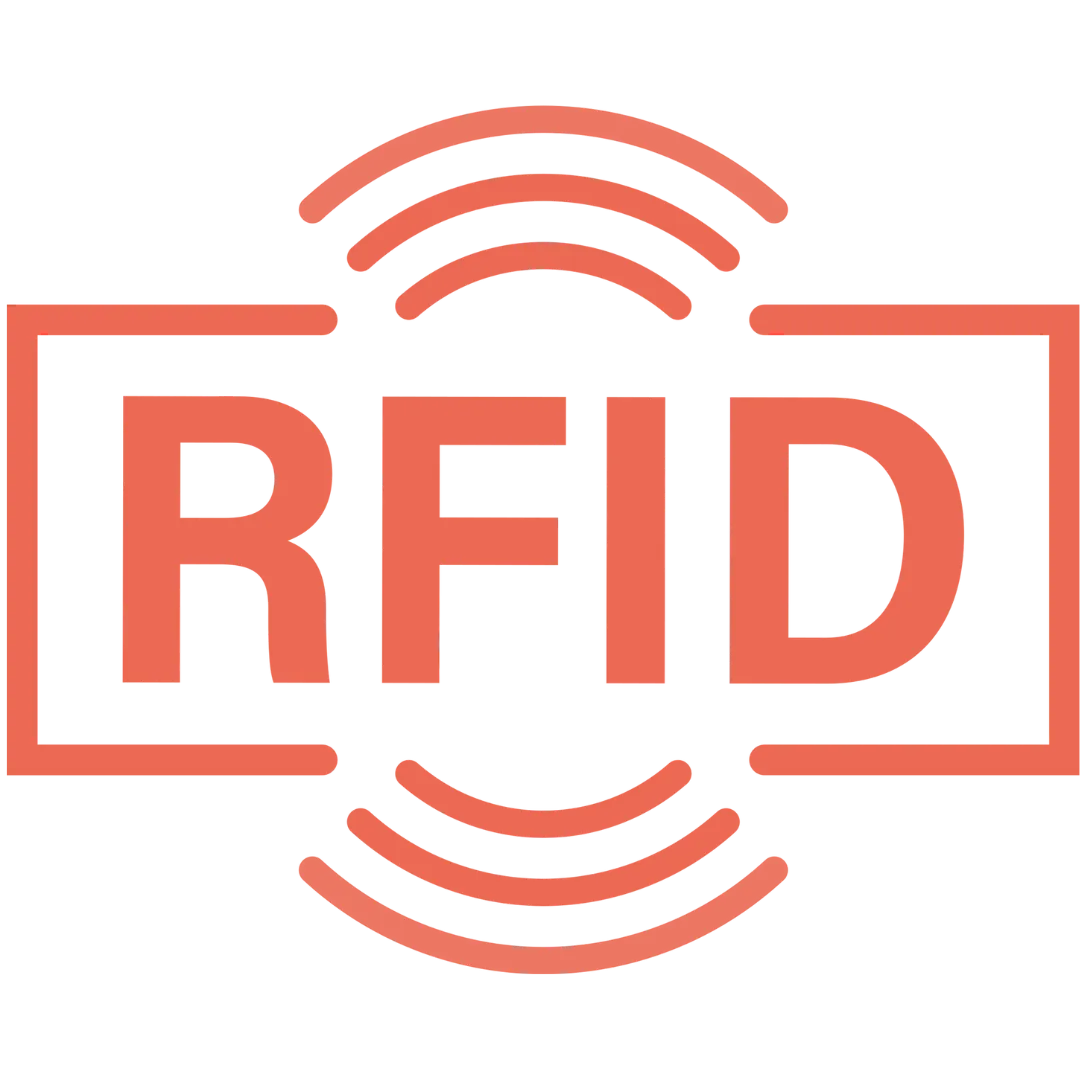

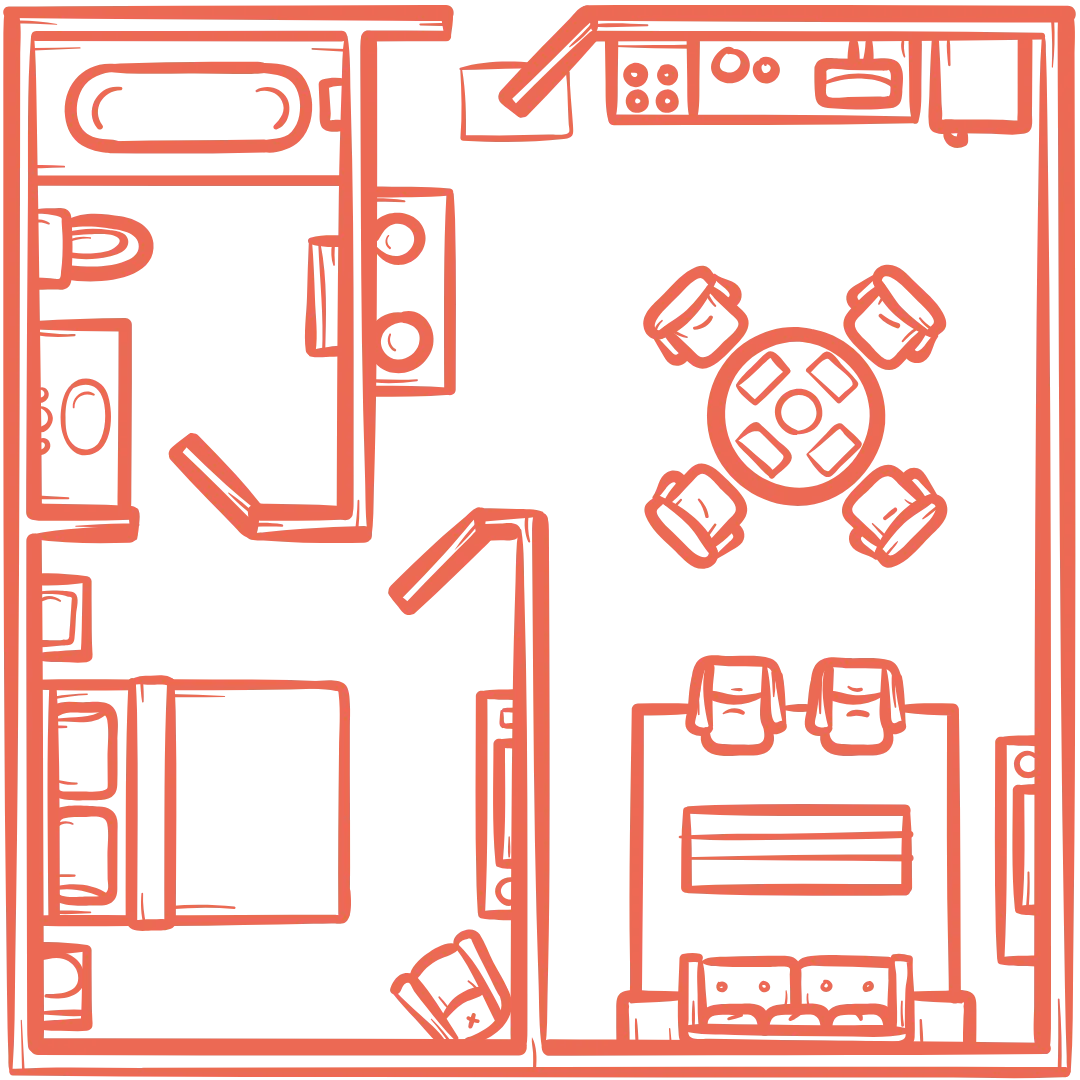




























.webp)
.webp)
.webp)
.webp)
.webp)
.webp)
.webp)
.webp)
.webp)

.svg)




.webp)
.webp)
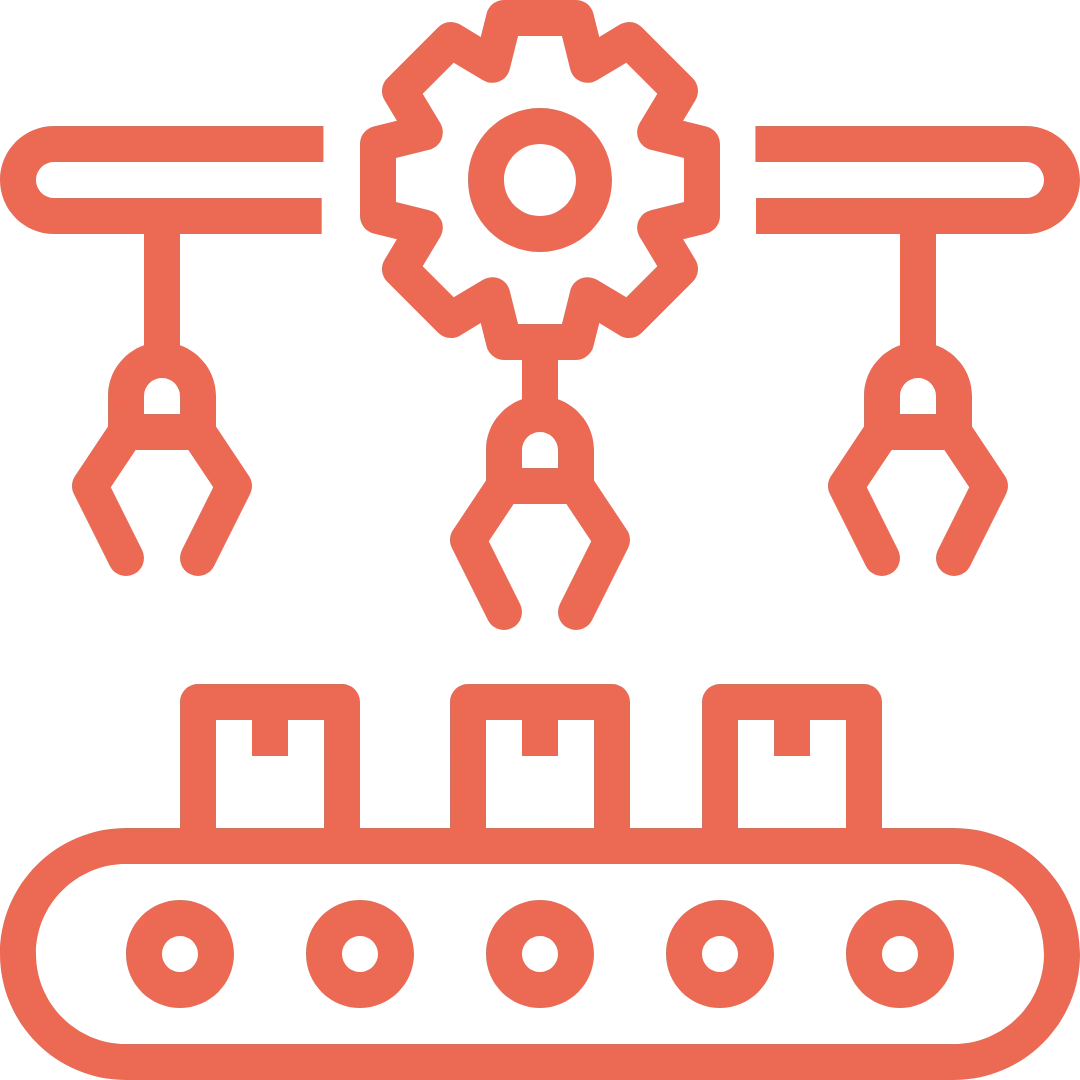





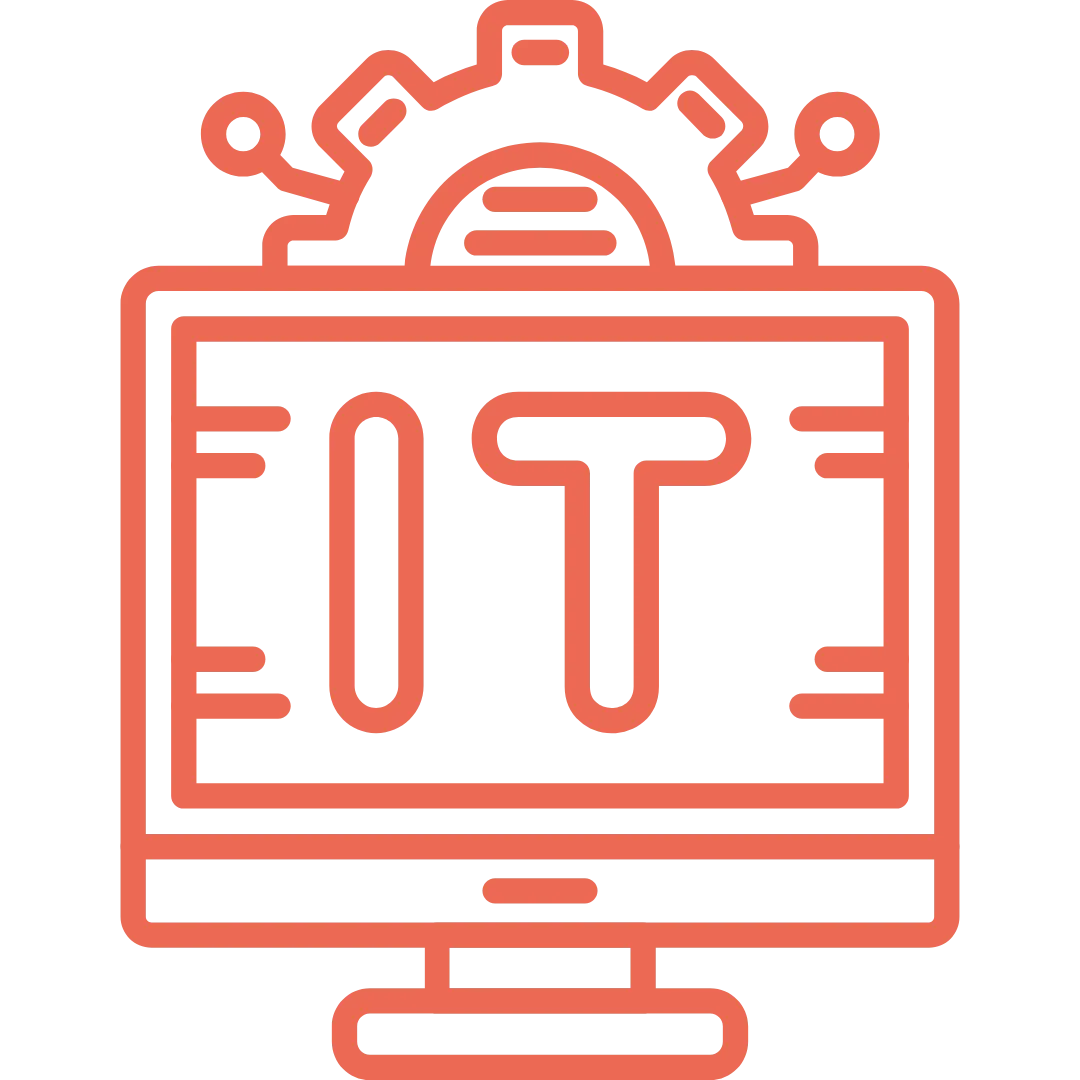

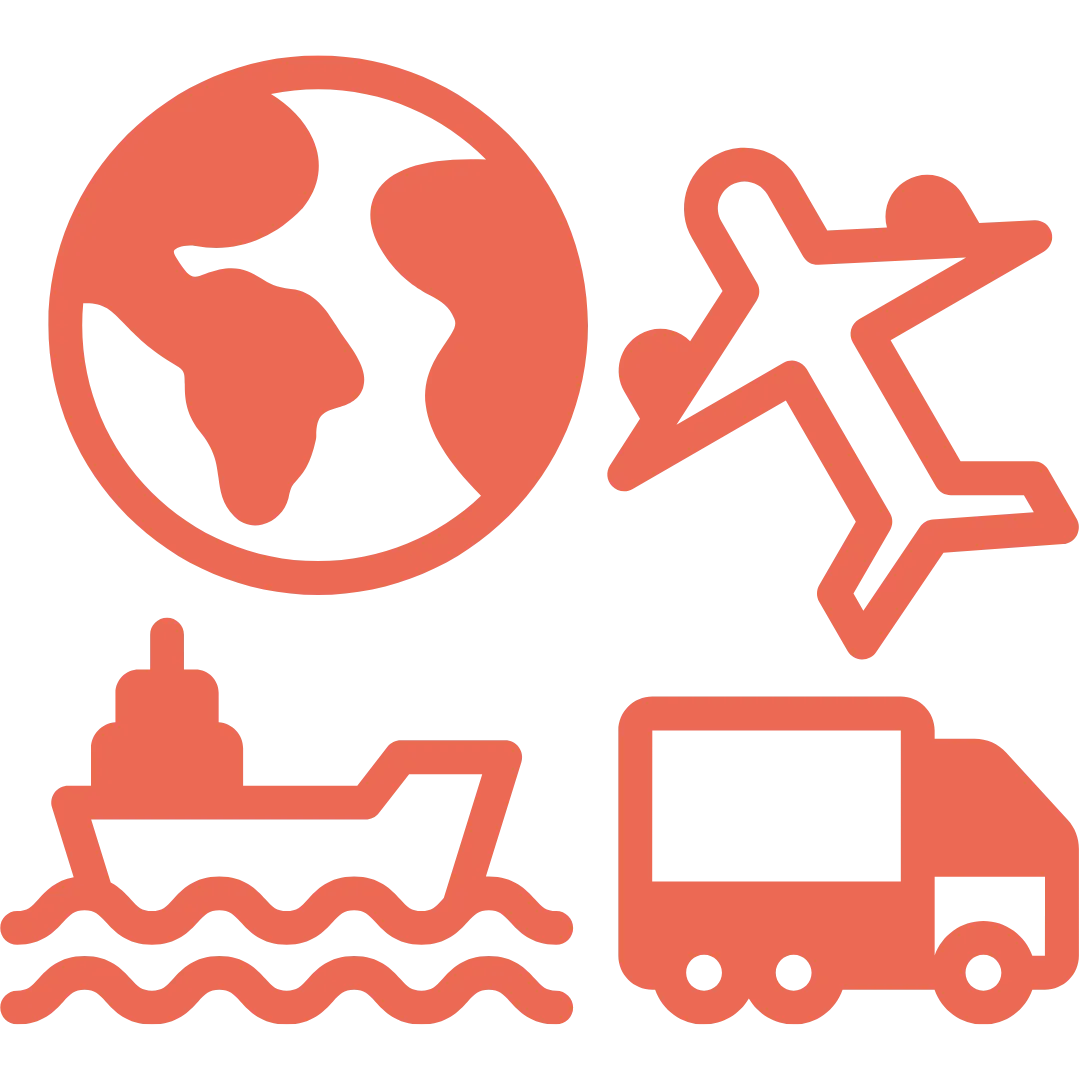
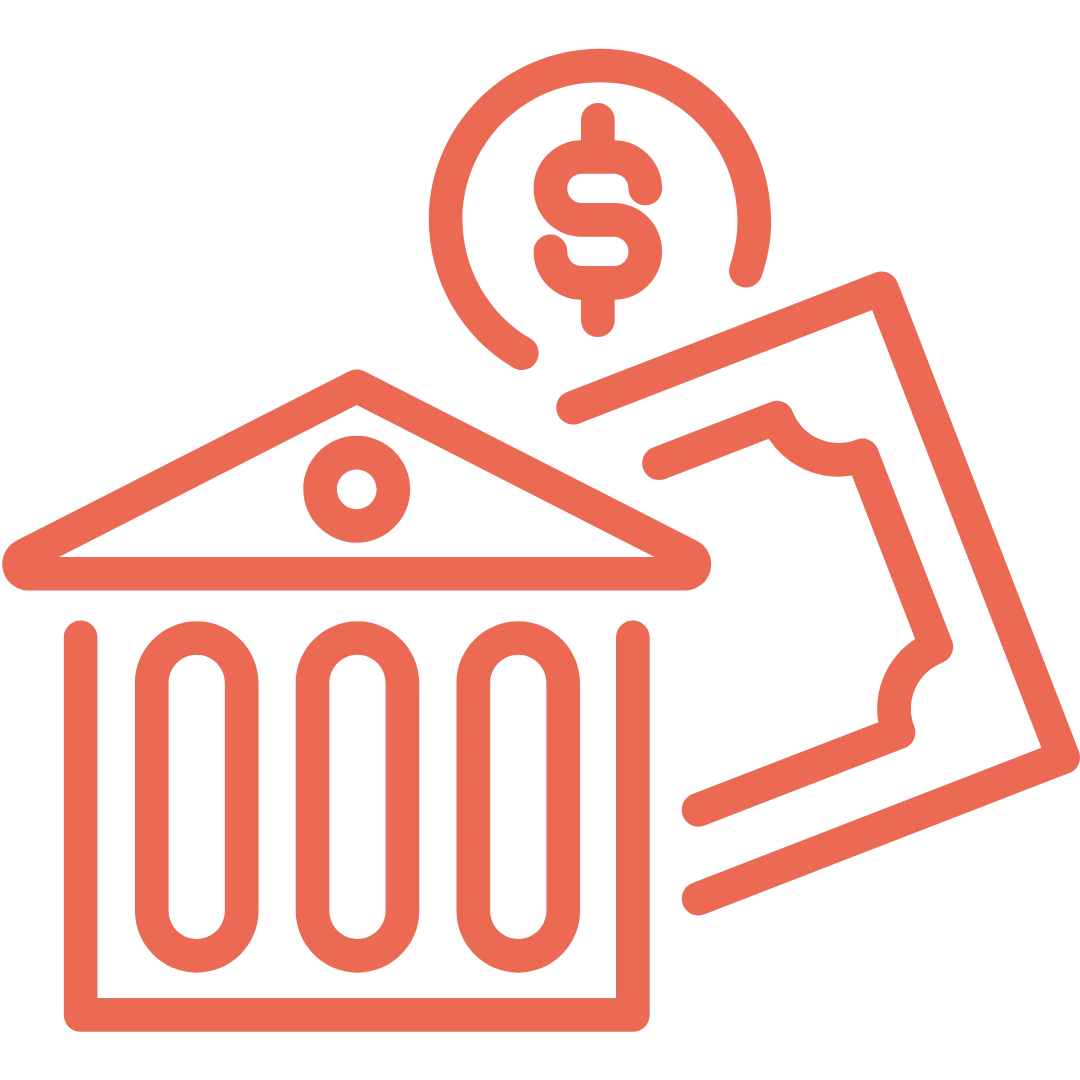




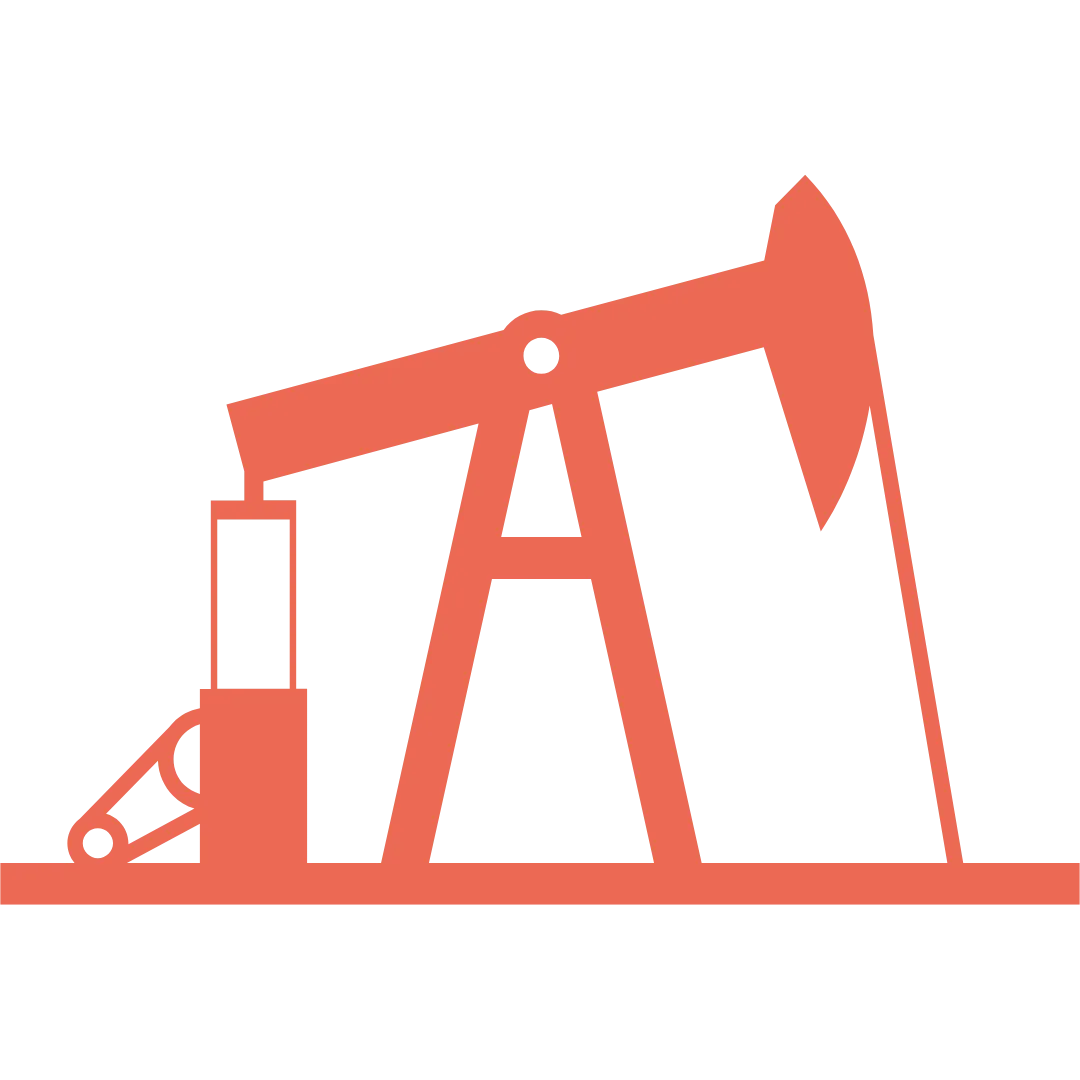
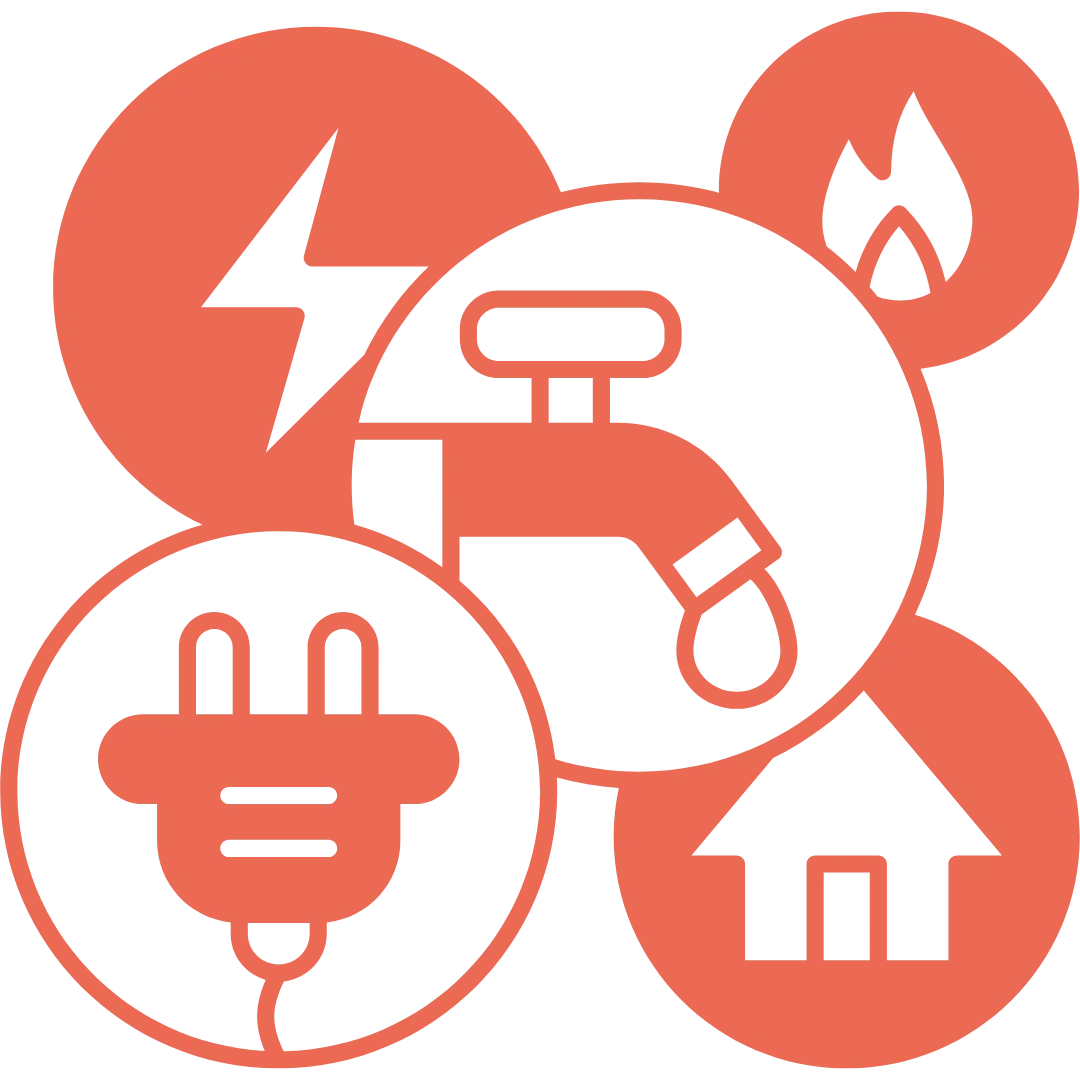

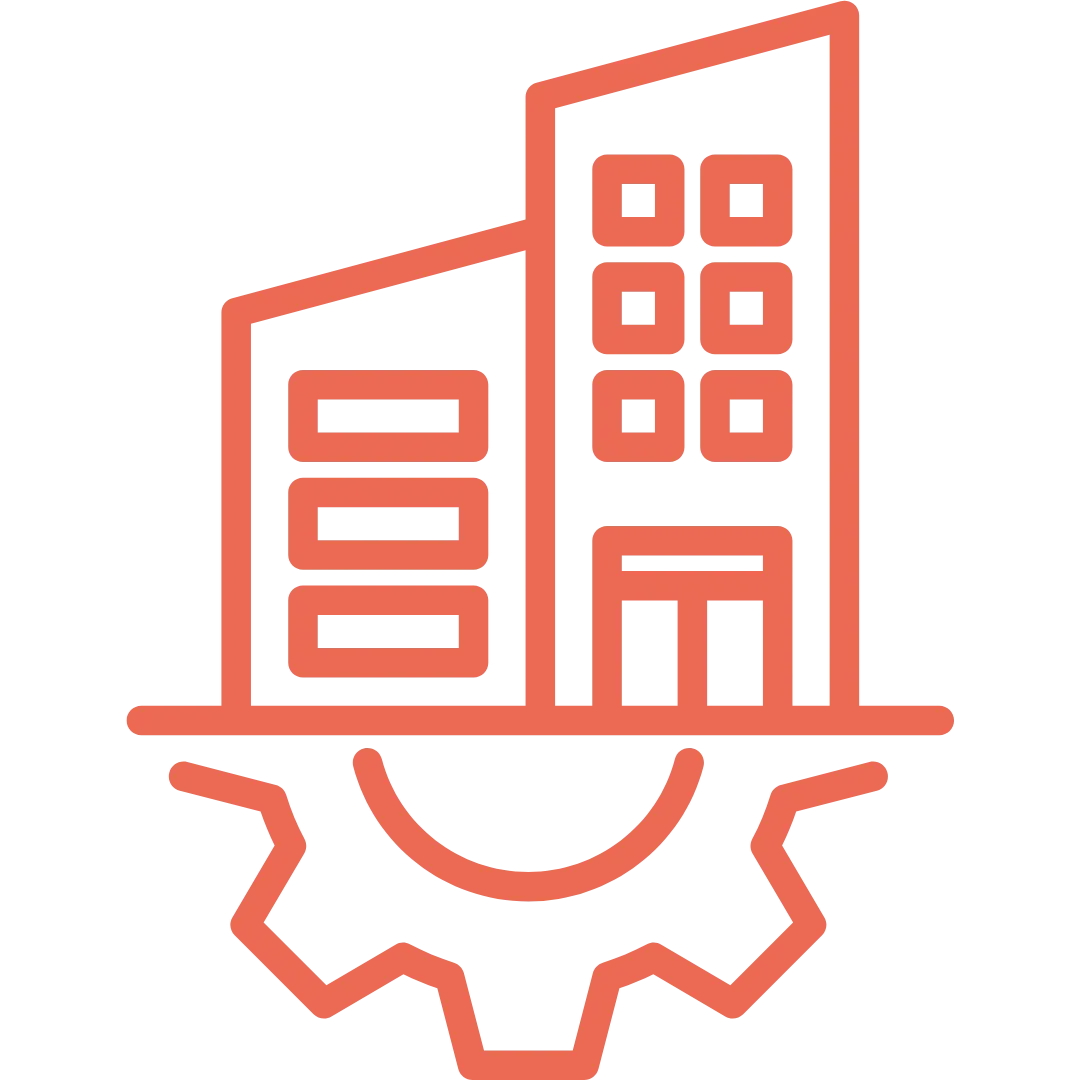


















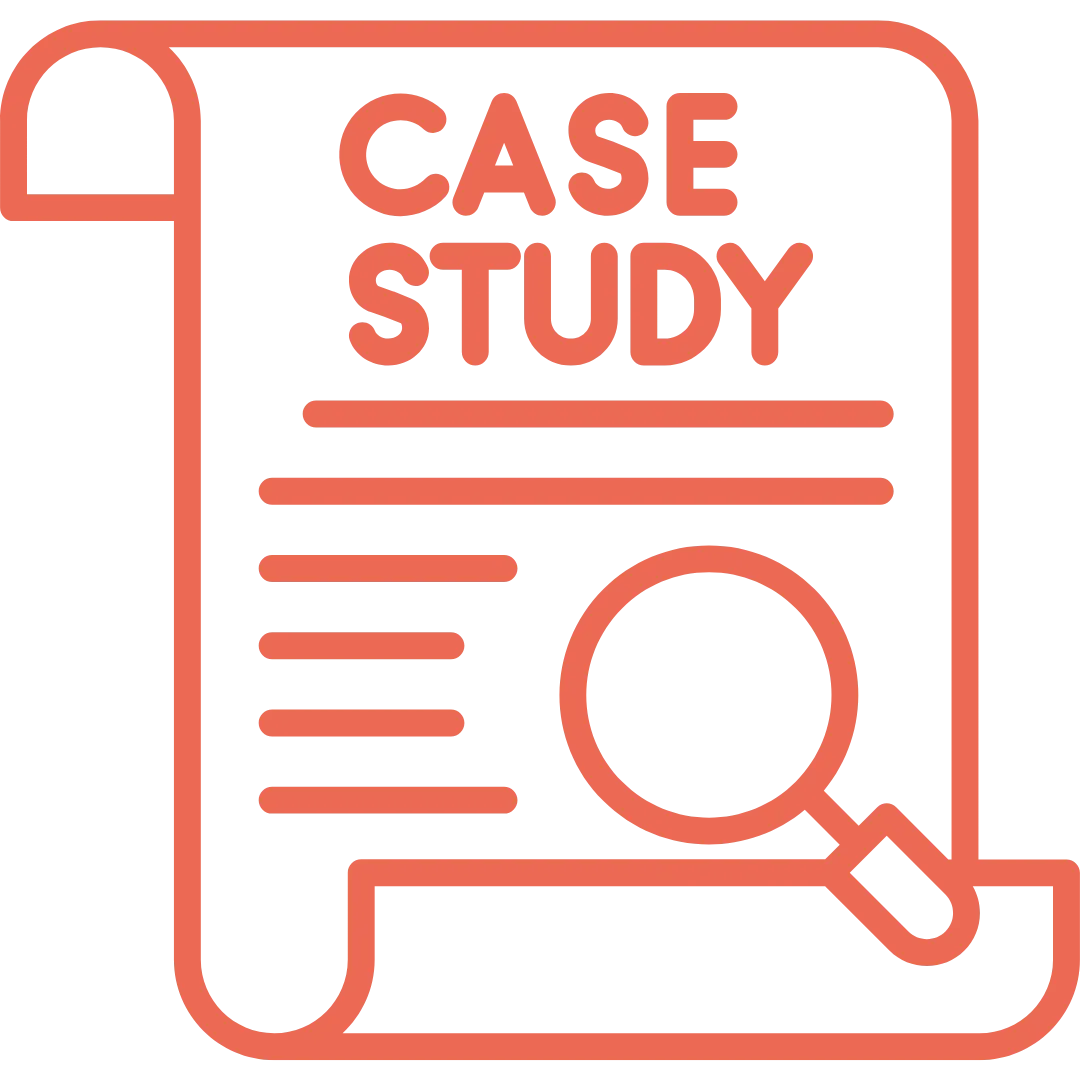






.png)
.webp)


















